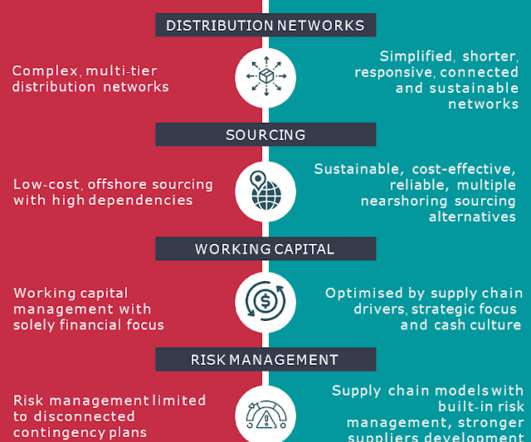The Future of Supply Chains Post COVID-19 – LogiSYM July 2020
The Logistics & Supply Chain Management Society
JULY 22, 2020
But companies will have to go beyond the usual inventory optimisation. . Such simulations would enable to assess the impact of a decrease/increase of demand, a capacity excursion in a factory or distribution centre. . Regular contributor to supply chain publications and a speaker at regional and global seminars and conferences.
















Let's personalize your content